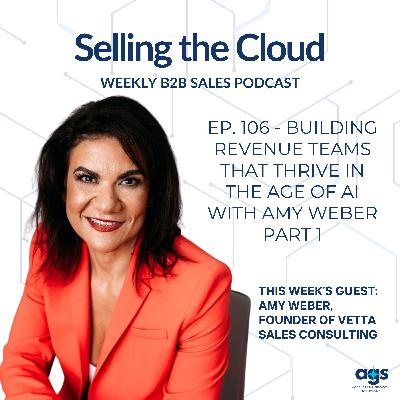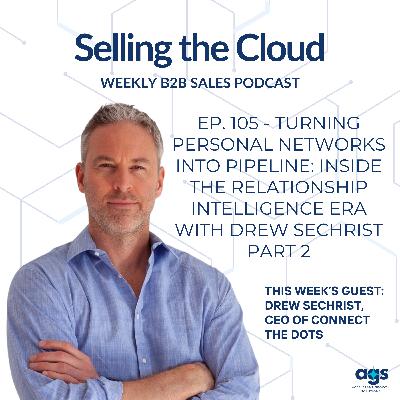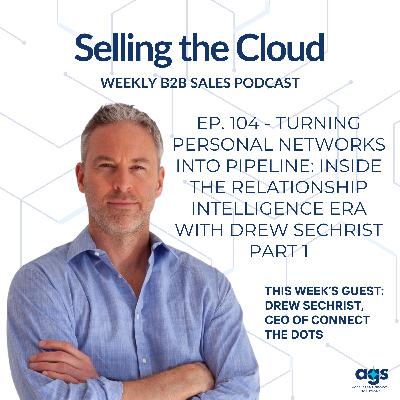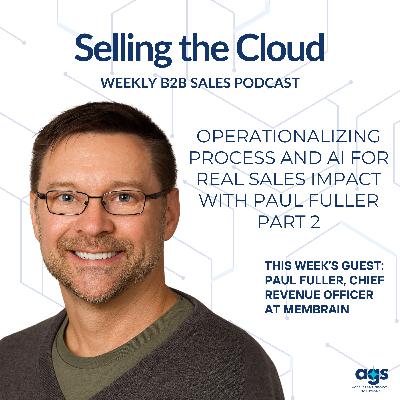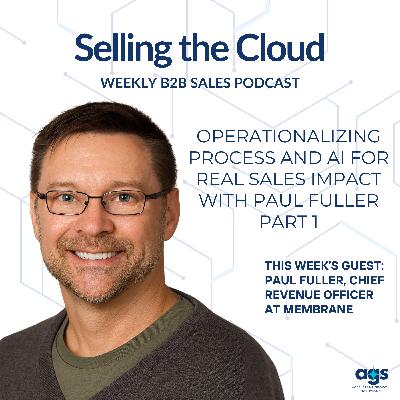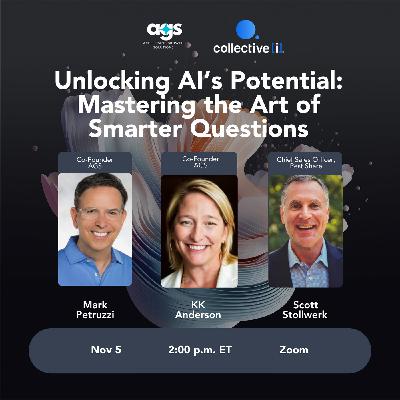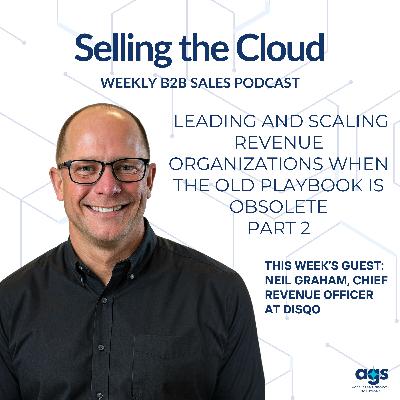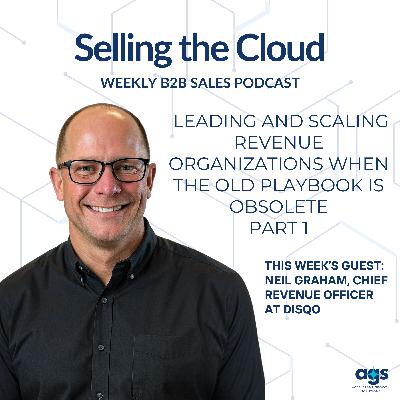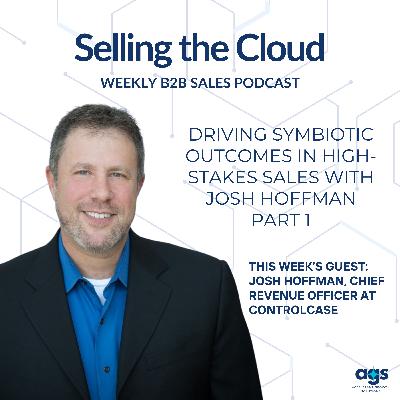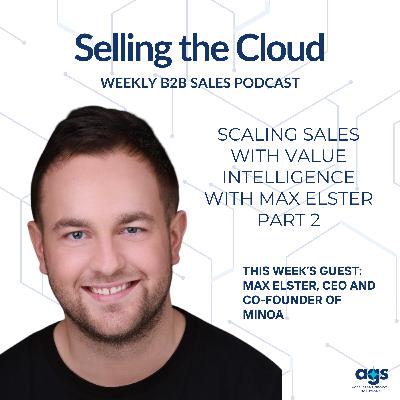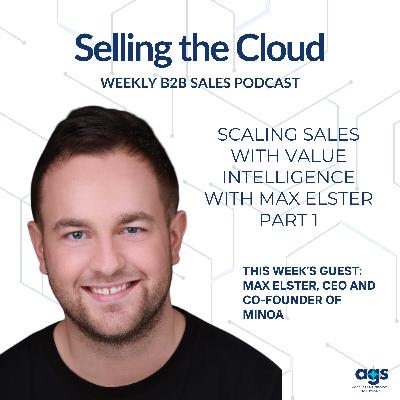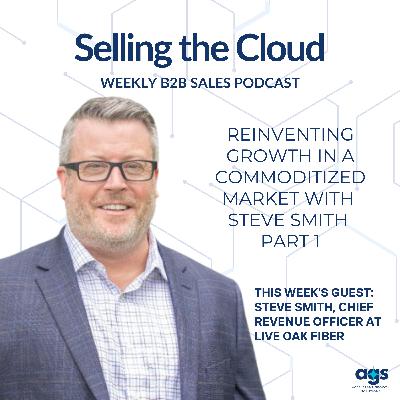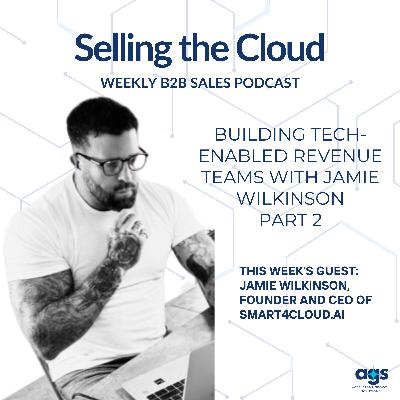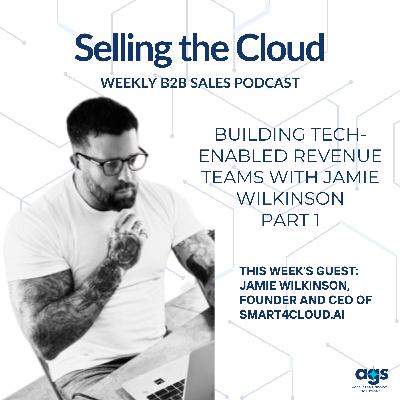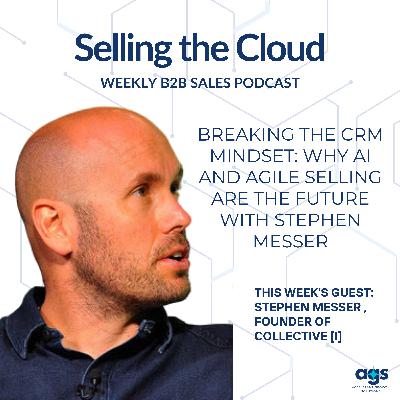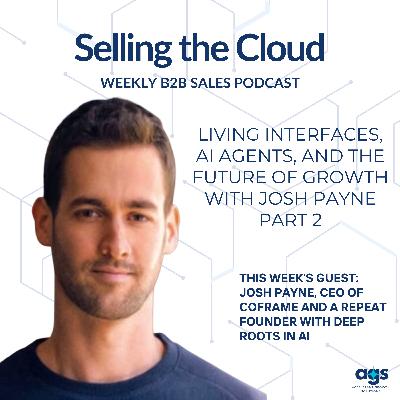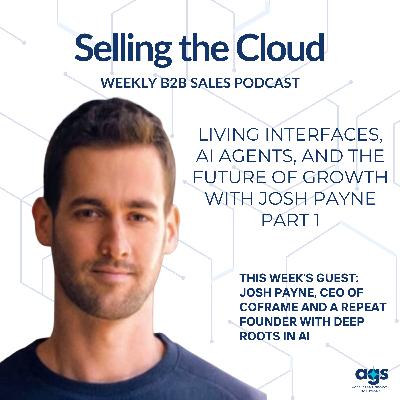In Part 2 of our conversation with Neil Graham, Chief Revenue Officer at Disqo, we dive deeper into how modern CROs must rethink their org design, marketing execution, and AI integration strategies to stay competitive in 2025 and beyond. Neil shares why curiosity, humility, and bias for action are now non-negotiables; and how his team is operationalizing those values inside a flat, fast-moving GTM system.From building AI-generated deal strategy sessions to deploying 24/7 agents on the website, Neil unpacks the real-world tools and team behaviors that are reshaping sales and marketing execution. This episode is packed with tactical insights for CROs leading through change.What You’ll LearnFlatter Orgs, Bolder Execution: How Disqo’s three-layer model speeds up decisions and drives alignment across marketing, sales, and delivery.Non-Negotiables in Revenue Teams: Why curiosity, humility, and action orientation matter more than ever, and how to screen for them.AI as a Revenue Multiplier: How Disqo uses AI for outbound personalization, content creation, and automated deal intelligence.Coaching in the AI Era: How Neil’s RevOps team leads enablement through data-driven strategy docs and always-on insights.Creating New Roles for the AI Age: Why Disqo now has a dedicated AI strategy lead embedded in RevOps, and how other CROs can follow suit.Key TopicsScaling outbound without bloating headcountRedefining RevOps to include data, process, enablement, and AI ownershipDesigning a leadership team that balances vision and executionThe future of SDR and BDR roles in an AI-enabled GTMUsing AI agents for 24/7 coverage and real-time buyer insightsBuilding culture through feedback, modeling, and EQ-based hiringGuest Spotlight: Neil GrahamNeil Graham is the Chief Revenue Officer at Disqo. A proven growth operator and revenue architect, Neil has helped scale iconic brands like Salesforce, Siebel, and Jive. At Disqo, he’s building a flat, AI-accelerated GTM machine that prizes speed, ownership, and alignment over legacy hierarchy.Resources & MentionsCompany: DisqoFrameworks: MedPick, DSF (Disqo Success Framework)Sales Tools: Gong, Clay, ChatGPT, AI agentsLeadership Inspiration: Carl Schachter, Eli Cohen, John BarrowsBook: Emotional Intelligence by Daniel Goleman🎧 Listen now on Apple Podcasts, Spotify, or wherever you get your podcasts.See Privacy Policy at https://art19.com/privacy and California Privacy Notice at https://art19.com/privacy#do-not-sell-my-info.



